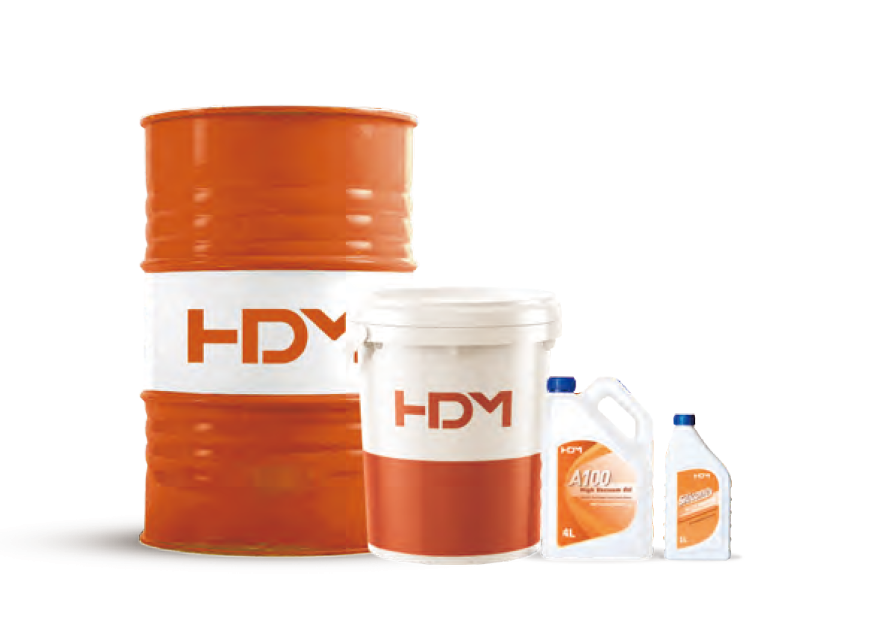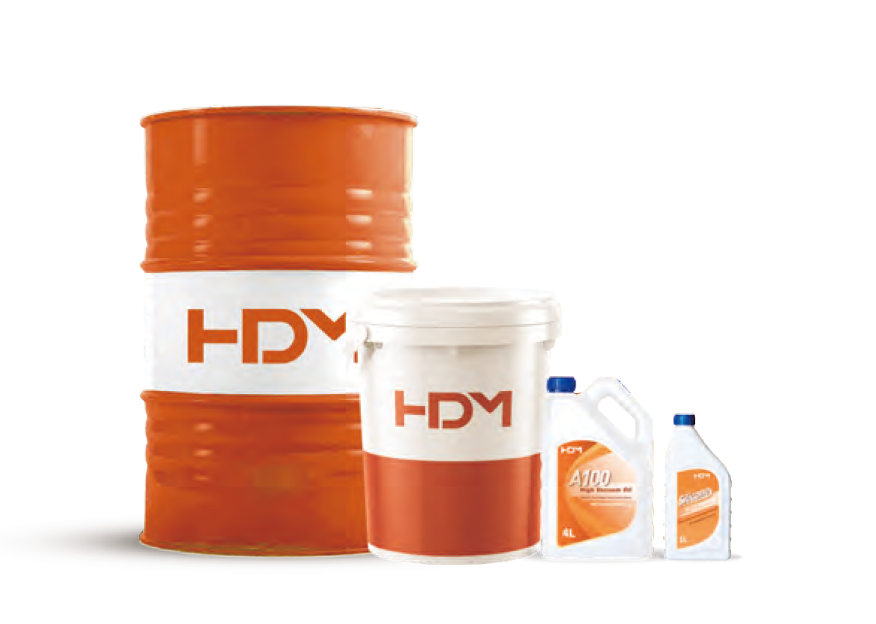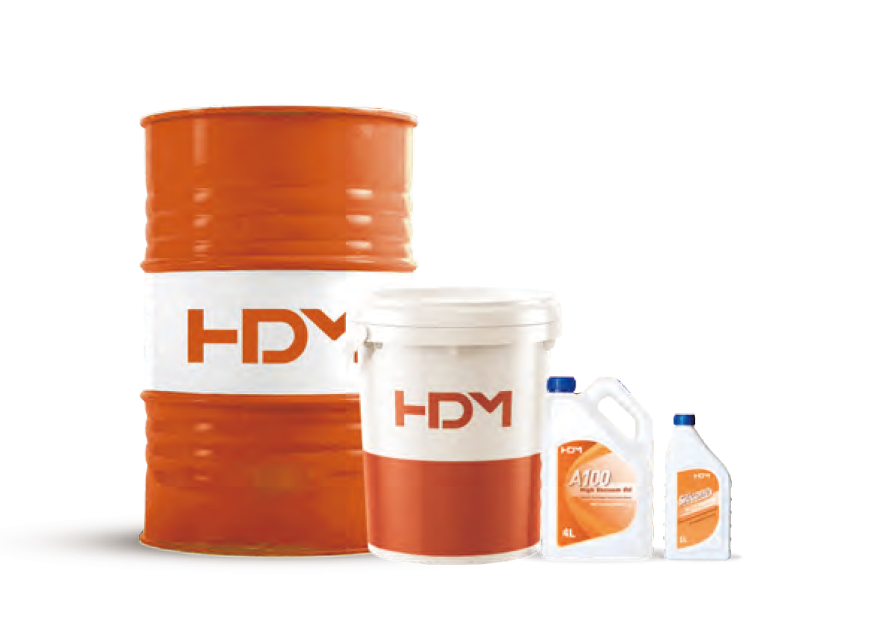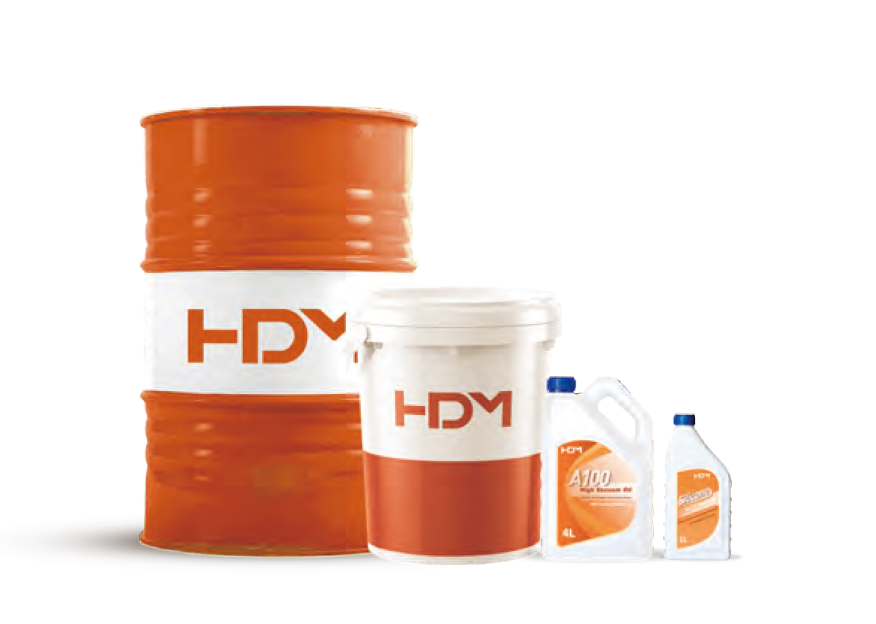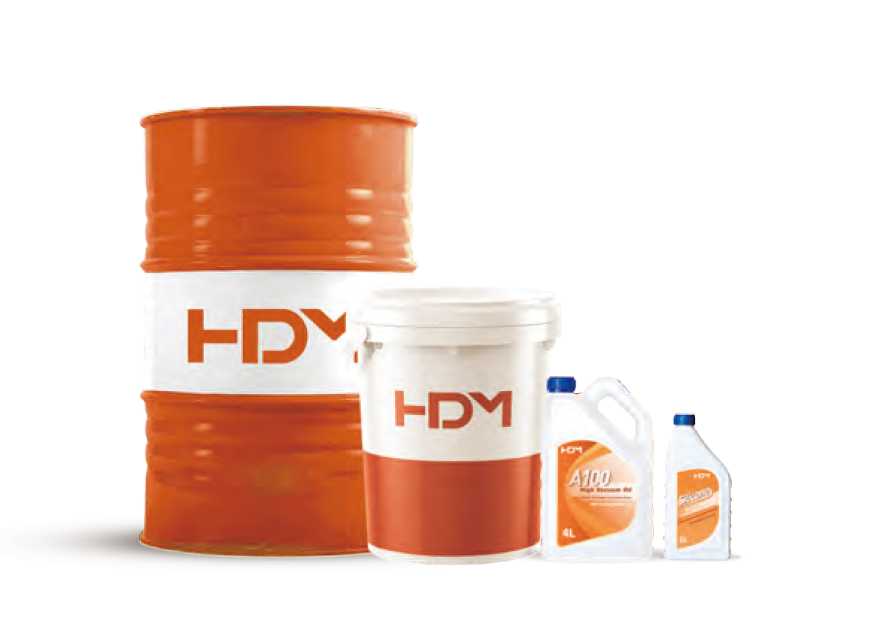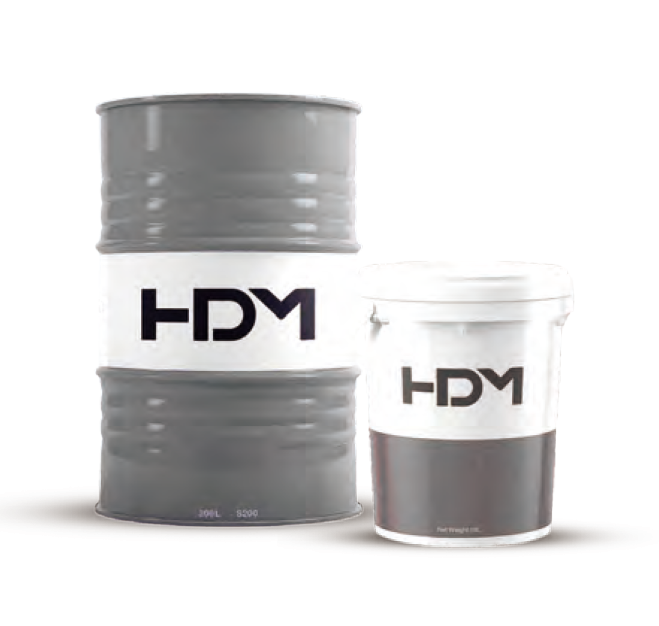When adding a new lubricant to your installation, it is important to know if the product is compatible with the ones currently in use. Testing lubricant compatibility goes a step further than visual testing. Even more important is testing and maintaining lubricant performance.
Before implementing a new product, lubricant end users and OEMs often question the compatibility of their current product with the proposed product. Especially when the old oil is not replaced, but mixed with new lubricants, compatibility issues become critical for customers.
What is lubricant (in)compatibility
Lubricants are incompatible when differences in base oils and chemical additives may cause undesired chemical reactions. Mixing such lubricants can cause:
- Formation of granules or sludge
- divided into different layers
- Color changes
- Reduced solubility of additive components, resulting in a cloudy appearance of the mixture or loss of additives
Lubricant compatibility does not guarantee performance retention
It is also important to clarify that if the two products are chemically compatible, the physical properties of the mixture may still be affected. Additive chemistry is based on a careful balance of selected ingredients. This balance can be disturbed when lubricants are mixed. For example, when two products with different anti-corrosion and anti-wear additives are mixed, the additives can compete for the same surface and interfere with each other. While anti-wear performance may increase, corrosion protection may decrease (and vice versa). This means that when changing to a better lubricant, the physical properties of the mixture may be negatively affected. Based on laboratory and field experience, a significant portion (approximately 80%) of high-performance fluid is required in the mix to really benefit from the additional performance.
Test Lubricant Compatibility
The most common type of compatibility testing is cosmetic testing. During these tests, the mixture goes through a series of heating and cooling cycles before being visually inspected. If the appearance remains bright and clear after these temperature cycles, both products are considered compatible.
Although KPR&T (Kuwait Petroleum Research and Technology) uses a similar methodology, key key performance tests are added to the compatibility tests. The reason is that some tests are known to be sensitive to contamination.
Through our key performance tests, we analyze several lubricant characteristics such as:
- filterability
- demulsibility
- air release
- Abrasion resistance
- Oxidation stability.
We evaluated various ratio blends 20:80, 50:50 and 80:20 and compared them with the test results of fresh oil samples. If the results of these key performance tests are in the same range as the new oil, the product is considered compatible.
Answers to your compatibility questions
Compatibility between different lubricants is increasingly being questioned by end users and OEMs. If the two lubricants are compatible, performance characteristics may still be affected. To answer your compatibility questions, KPR&T has defined compatibility testing, which includes both visual and critical performance testing of new oils and blends. This will help maintain the quality and performance of your lubricant and keep your installation running efficiently and trouble-free.



